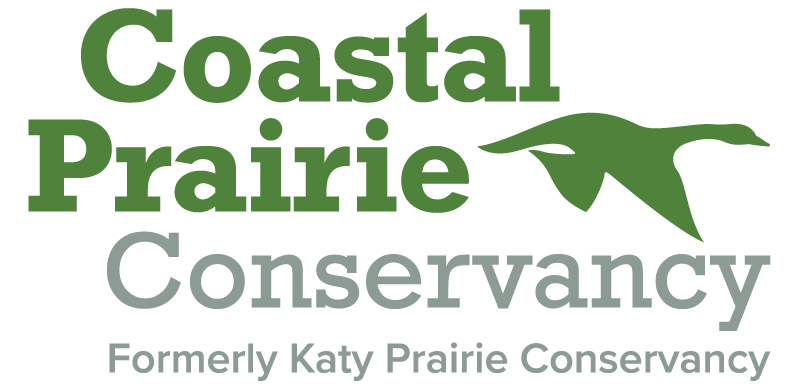What You Can Do About Climate Change
The impacts of climate change are being felt in Texas and throughout the region as events like severe storms and heavy rainfall events become more common.
By incorporating simple practices like energy conservation and composting into our everyday lives, we can help our local communities become more resilient to a changing climate.
Check out the resources below to find out how you can be a part of the solution.
Compost, Reduce Food Waste
Composting your food is a great way to both reduce powerful excess gases like methane that are contributing to climate change while also helping build high-quality soil. Methane is a powerful greenhouse gas (climate polluter). While methane is short-lived in the atmosphere (about 12 years), it is up to 100 times more powerful than CO2.
-
According to the U.S. Department of Agriculture, we collectively waste between 30-40% of our food supply. In addition to trying not to over-purchase food, composting can help.
Whether you live in an urban, suburban, or rural community, there are easy ways to take action. Urban dwellers may want to tap compost pick-up services. Try googling your city composting and see what comes up. Check out the City of Houston’s composting resources here.
Buy Local
Locally grown food tends to be fresher and you have the added benefit of knowing your farmers. Buying locally is a great way to help your area’s farmers and ranchers and reduce the amount of travel, therefore reducing your food’s additional costs and climate-related gas emissions.
For a list of farmers’ markets in your region, check out 34 local farmers’ markets in Houston and surrounding areas.
Energy Conservation
There’s a lot you can do to reduce your energy consumption—and save money in the process. The more energy we save, collectively, the less energy we need to produce. That means less disturbance of the land and water, too. Texas has a number of programs to make energy conservation activities less expensive.
The options range from insulating your house to replacing inefficient appliances and tools. You can find out more about funding, rebates, and ideas at the Reliant EcoShare Program in partnership with EarthShare Texas.
Build Soil Health
Texas is one of many states losing topsoil at a concerning rate. As extreme floods, droughts, and winds increase, our soils are increasingly at risk. As farmers and ranches transition to grazing and tilling practices that build soil health, they become an important part of the climate solution.
-
There’s a lot of research documenting that as you build the soil health of your farm or ranch, you will also be better able to manage water and increase productivity. Texas A&M AgriLife is one of the leaders working on regenerative agriculture to slow the loss of topsoil and increase agricultural viability.
Local gardeners can build soil health too. Increasing soil health with compost and mulching to reduce water stress is beneficial to your garden. A more productive garden will also reduce the amount of produce you need to purchase elsewhere. Additional information is available here.
Conserve Your Land
If you own land, you may want to explore how conserving it is the right choice for you and your family. There are a number of state and federal tax advantages for land protection. In addition, you’ll have peace of mind knowing that the land will remain free from incompatible development for generations to come.
Conservation options vary depending on the land and your family’s goals. You can continue to own it and conserve it with a voluntary conservation agreement (technically called a conservation easement). Or, you can donate or sell the land, or a portion of the land, to a land trust like ours.
-
There are many land trusts in Texas. The Coastal Prairie Conservancy helps landowners conserve their lands in nine counties throughout southeast Texas. We will be pleased to talk to you about your conservation options. You can find out more about conservation options on land protection here.
You can also check out the Land Trust Alliance’s website (a national organization that provides technical assistance to land trusts) to find a land trust near you.
Volunteer
Volunteering can be a great way to help make a difference. Every year, thousands of people like you volunteer to improve wildlife habitat in our region. Volunteers are central to efforts to improve water quality, reduce the impact of droughts, and provide places for wildlife to thrive. Planting and managing our community’s lands with grasses and wildflowers also pulls carbon from the air and stores it in the roots.
As a volunteer you will be joining others to make our community more resilient. You can help maintain trails, improve habitat, take photographs, and assist in the office. Check out the options here; no orientation or experience is required.
Donate to Conserve More Land
Land conservation depends on the generosity of people like you. Given the urgency of conserving critical lands for wildlife, building and managing trails to help our community get into nature, and working with area farmers and ranchers, charitable donations help make it all happen.
Your gift, no matter the size helps. You can donate in a variety of ways ranging from monthly donations, gifts of stock, minimum distribution requirements from your IRA, and more.








